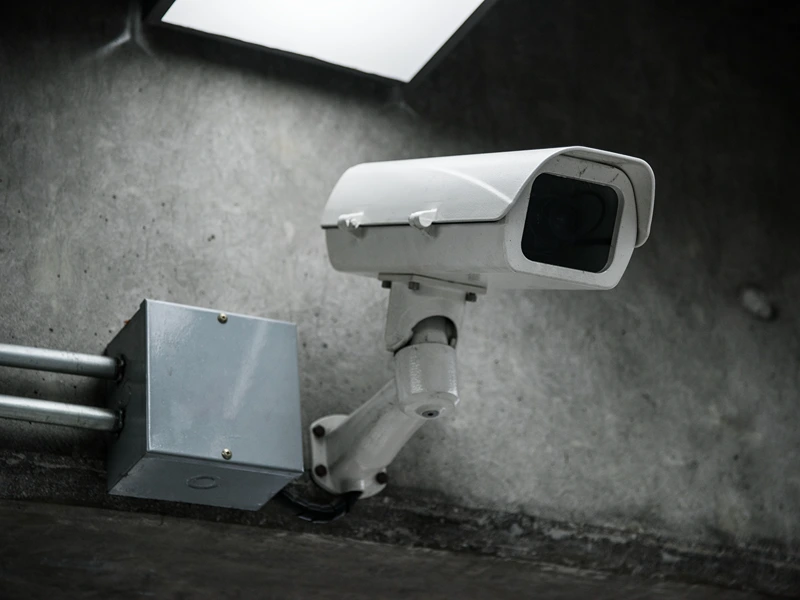CCTV Set up
Wiki Article
CCTV Set up
Putting in CCTV cameras calls for cautious planning and execution to be sure optimal protection and functionality. Here is a step-by-phase tutorial for CCTV set up:
1. Evaluation and Arranging:

Internet site Study: Conduct a radical web site survey to discover key areas that have to have surveillance. Take into consideration aspects like entry and exit points, high-hazard parts, and blind spots.
Camera Placement: Identify the best places for digital camera installation to address the recognized locations successfully.
two. Camera Choice:
Choose Ideal Cameras: Pick cameras according to the precise requirements of each and every locale. Dome cameras are appropriate for indoor Areas, although bullet cameras are better for outside surveillance.
Consider Characteristics: Pick cameras with options including night time eyesight, motion detection, and substantial-resolution abilities according to your necessities.
three. Tools Procurement:
Invest in High quality Tools: Spend money on superior-top quality surveillance camera installation cost uae, cables, connectors, a Digital Movie Recorder (DVR) or Community Online video Recorder (NVR), and any additional add-ons necessary for that set up.
4. Set up Applications:
Gather Necessary Tools: Ensure you have all the tools required for set up, including drills, screwdrivers, cable testers, crimping tools, and a ladder.
five. Cabling and Wiring:
Prepare Cable Routes: Strategically program the routes for your cables to prevent visibility and possible damage.
Use High-quality Cables: Use significant-excellent cables, and consider using conduits for added defense, especially for out of doors installations.
six. Camera Mounting:
Secure Mounting: Mount cameras securely on partitions or ceilings utilizing appropriate brackets and screws.
Be certain Balance: Make sure that the cameras are secure and positioned at the right angles for exceptional coverage.
seven. Connectivity:
Link Cameras to DVR/NVR: Utilize the offered cables to connect the cameras into the DVR or NVR.
Examination Connectivity: Ensure suitable connectivity and test Just about every camera to verify that it's operating correctly.
8. Electric power Supply:
Provide Electricity: Join the cameras to the steady energy supply. Consider using a centralized ability distribution box for several cameras.
Contemplate Backup Electricity: Put in a backup power source, like a UPS, to be certain continual surveillance through ability outages.
9. Configuration:
Configure Settings: Create the cameras and DVR/NVR settings, such as resolution, recording method, motion detection, and electronic mail alerts.
Network Configuration: If applicable, configure the network configurations for distant entry and checking.
ten. Testing:
Exam the Program: Carry out comprehensive screening of the complete CCTV procedure. Look for suitable digicam performance, recording, playback, and remote accessibility.
Modify as Needed: Make adjustments to digital camera angles or configurations determined by the check effects.
11. Documentation and Training:
Documentation: Create documentation detailing the set up, digicam spots, and system configurations.
Consumer Teaching: Coach finish-people or staff chargeable for monitoring and managing the CCTV system.
twelve. Compliance and Authorized Things to consider:
Check Community Laws: Make sure that the set up complies with local privacy and surveillance rules.
Set up Warning Signs: Spot noticeable symptoms to inform persons that they are beneath surveillance.
thirteen. Normal Servicing:
Routine Servicing cctv and alarm system dubai Checks: Set up a schedule for regular servicing, such as cleaning cameras, checking connections, and updating firmware.
fourteen. Experienced Assistance:
Take into account Experienced Installers: When the installation appears intricate or for those who deficiency the mandatory expertise, think about selecting Specialist CCTV installers.
Recall, right set up is important for that performance of your respective CCTV process. If in doubt, seek professional assistance to ensure that your system satisfies protection and privacy requirements.